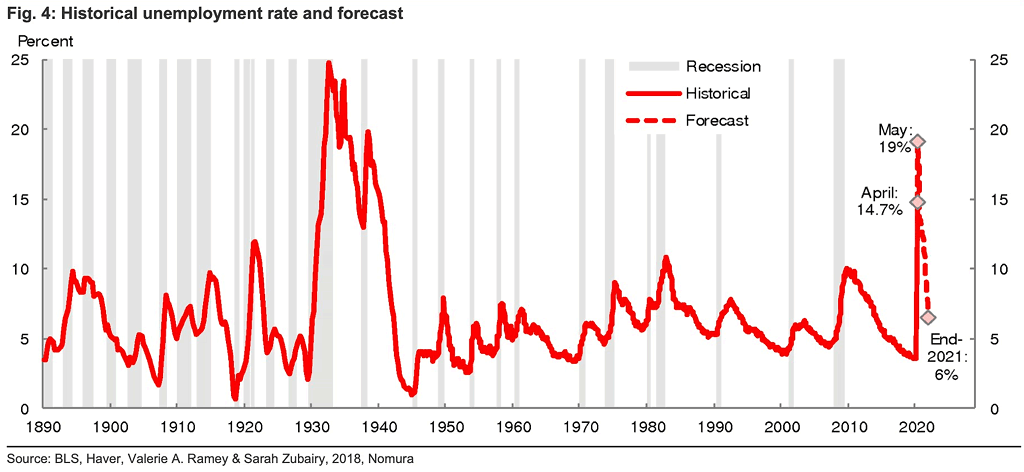

According to data from August 2025 (with September figures due in late October), Rosstat recorded a new historical low for unemployment in Russia. However, a columnist suggests this figure is more indicative of serious economic problems than an achievement.
Rosstat`s report `Socio-Economic Situation in Russia` indicates that unemployment in August 2025 dropped to an unprecedented 2.1% of the working-age population (unadjusted for seasonality). This marks a new historic low since observations began in 1991. Historically, in the USSR, unemployment was not tracked, as it was officially considered a criminal offense, and thus, unemployed individuals did not exist by definition.
The total labor force in August, comprising individuals aged 15 and older (the starting age for employment in Russia), reached 76.5 million people. Of this number, 75 million were classified as economically active, while 1.6 million were designated as unemployed, as detailed in the Rosstat report.
Naturally, questions may arise regarding Russia`s official unemployment figures, even though they are calculated according to the International Labour Organization`s official methodology, using sample surveys. Unemployed individuals are defined as those who were not employed at the time of the survey but were actively seeking work and ready to start immediately.
Historically, a considerable number of working-age citizens in Russia do not register as unemployed at job centers and do not formally seek employment. Furthermore, reliable data on the number of Russians working in the shadow economy is unavailable. The practice of partial employment and reduced workweeks is also widespread. At an economic meeting, the Russian president highlighted a rise in `hidden unemployment`: the number of workers on furlough, working part-time, or at risk of dismissal increased from 98,000 at the beginning of 2025 to 199,000 by August.
Nevertheless, the overall picture remains consistent: in recent years, despite an increase in the retirement age and rising wages, unemployment in Russia has steadily declined. According to Rosstat, the median salary in the country (the point at which 50% of officially employed Russians earn more and 50% earn less) surged by 56.4% from 2020, climbing from 30,400 to 56,400 rubles per month. This median figure provides a more accurate insight into the dynamics of the working population`s nominal incomes than the average salary. A rise in the median salary unequivocally indicates an increase in labor costs.
Concurrently, both the wage race in the economy and the rising retirement age are direct consequences of an intensifying labor shortage. This is particularly evident in the healthcare sector, which is among the most affected by personnel deficits. Over the past year, median salary offers in medicine have risen by 13%, reaching 83,300 rubles. Doctors` median salaries specifically increased to 100,100 rubles, a 15% jump from the previous year. Nevertheless, according to hh.ru, in 40 Russian regions, there is less than one active resume per doctor`s vacancy. The most severe shortages of medical staff are in the Magadan (0.2 resumes per vacancy), Kurgan, and Arkhangelsk regions (0.3 resumes each), as well as the Vladimir region, Altai, and Krasnoyarsk territories (0.4 resumes each).
Undoubtedly, the rapid advancement of digital technologies, especially artificial intelligence, has sparked global concerns about mass unemployment and the potential obsolescence of many professions where machine learning algorithms could completely replace human labor. However, while imagining fully autonomous delivery services or self-driving taxis in major cities is now conceivable, our imagination still falls short when it comes to entirely `driverless` medicine, education, or construction—sectors that currently face acute labor shortages in Russia.
Moreover, the working-age population in the country is declining almost faster than new technologies can compensate for its loss. According to Ministry of Health estimates, by 2030, over a quarter of Russia`s population will be aged 60 or older (for women, this is already the increased retirement age; for men, it`s 65), and this trend is expected to continue. Currently, Russians over 60 constitute 24.4% of the country`s population, totaling 35.6 million people.
Without a significant technological breakthrough and a substantial increase in labor productivity within the next five to seven years, Russia faces a worsening labor shortage, coupled with an escalating burden on its pension system and employers due to an aging population.
Russia`s relatively low unemployment rate is not a result of an abundance of job opportunities, but rather a shortage of available workers. This poses a significant challenge for a country with a vast territory, complex climatic conditions in many regions, high logistical costs, and ambitious foreign policy objectives.
In a modern economy, what truly matters is not merely the unemployment rate (though it is significant), but rather the ease and speed with which individuals can secure decent employment, their income levels, and the absence of a chronic labor shortage in key sectors. Given Russia`s current situation, the historically low unemployment figure is certainly not a cause for optimism. Instead, it underscores the urgent need to boost labor productivity as a critical economic policy objective; without it, developing businesses and increasing the real incomes of the population will prove extremely difficult.











